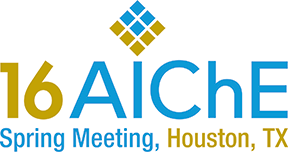

Despite the efforts that many organizations have put into the implementation of Process Safety Management system, there are still opportunities for unintended deviations of controls to occur, primarily due to their deterioration over time and the lack of discipline in their maintenance. These deviations from design intent tend to get normalized and as a result, the controls may not function as intended when in demand. Consequently, process hazards wait like ticking time bombs to be discovered.
Process Safety observation, in contrast to employee safety observation, is an important tool that can help address issues associated with normalization of delivations and enhance operational discipline. Workplace observations in general are intended to provide an opportunity to engage managers and supervisors in a meaningful way to recognize safe behaviors and gain commitment to continue to work safely. The onus is on supervision to engage the employees to prevent injuries. However, when it comes to managing operational risks, initiatives around personnel safety are only part of the story. A robust process safety management system is foundational to manage operational risks. Unfortunately, process safety management is often viewed as a complex program primarily owned by technical personnel and engineers. In reality, every employee has a role in preventing process safety incidents. Unlike personnel behavior-based risks, however, process risks are generally 'less visible'. As well, the focus of process safety management is to prevent low frequency-high consequence events as opposed to high frequency-low consequence events that behavioral safety addresses.
While many organizations have behavioral observation programs, the need for process safety observations has not been felt. Learning from past incidents, one can clearly see that one of the critical factors that contributes to catastrophic incidents is the lack of operational discipline resulting in the deterioration of controls due to deviations from design intent. To address this requires frequent engagement of managers, supervisors, and employees to proactively identify deviations from design intent to understand the consequences associated with such deviations and correct them. This process contributes to significant increase in process hazard awareness.
During this presentation, a way of conducting observations that focus on barriers of protections will be discussed. The technique still relies on the importance of conversations. Participants will see how this process can increase process hazard awareness and help reduce operational risks by ensuring that protection barriers function properly when needed.
